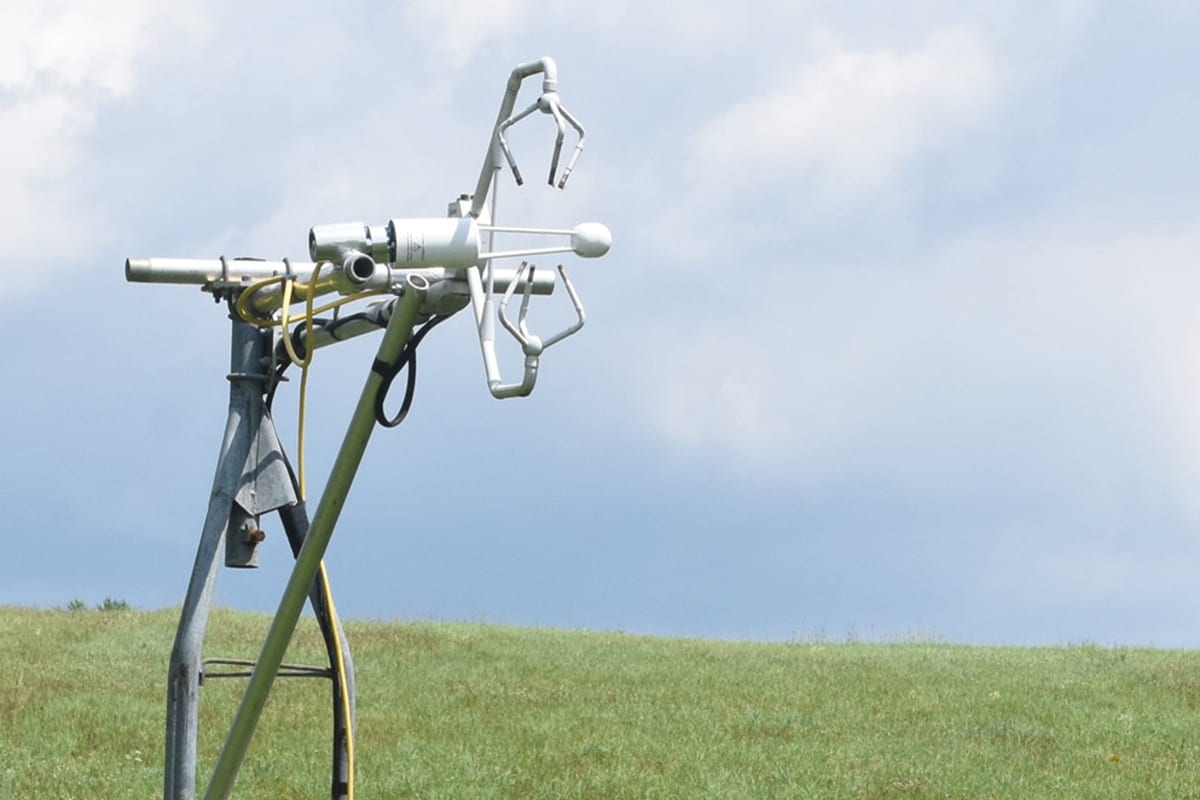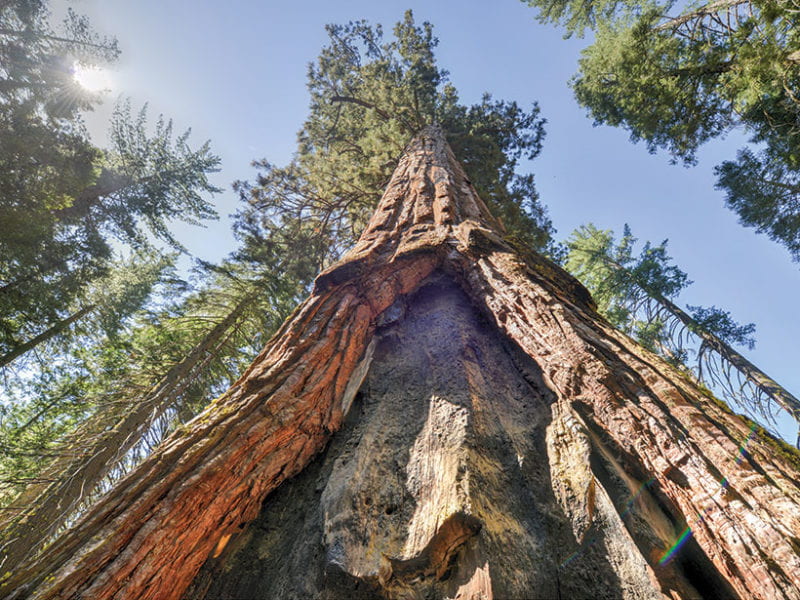Chemical, physical, and biological processes associated with the circulation of aqueous fluids in shallow hydrogeologic settings. Investigations incorporate field and laboratory work, and theoretical modelling of observations. Of particular interest are questions concerning the measurement and prediction of the rates of natural processes, including chemical weathering with and without micro-organisms in the critical zone. Recent work has focused on the effect of microbial life on mineral reactivity, measuring and modelling how rock turns into regolith, and human impacts including water quality issues in areas of shale gas development.
Current Projects:
- Reactive transport modelling of weathering
- Chemical, physical, and biological weathering in the Critical Zone Observatory
- Chemical, biological, and physical weathering in the Virginia Piedmont
- Neutron scattering analyses of weathering rocks
- Assessing water quality in areas of shale gas development (field, laboratory, and data analysis)
The Susquehanna Shale Hills Critical Zone Observatory, SSHO: The SSHO is one of nine Critical Zone Observatories funded by National Science Foundation to study chemical, physical, and biological interactions in the Critical Zone. The site is part of the Critical Zone Exploration Network. More than 12 Penn State faculty are working together, from many disciplines, at the SSHO. In collaboration with geomorphologists, soil scientists, and ecologists, Brantley’s group is investigating the rates and mechanisms of water-rock interaction in the Shavers’s Creek watershed. A monitoring network has been designed to follow many of the important physical, biological and hydrogeochemical processes along several transects within the catchment. Some of the ongoing projects include:
- Weathering fronts, mineral transformation reactions, and long-term physical/chemical weathering fluxes are being assessed by sampling and characterizing the weathered soils and drilled core sediments geochemically and mineralogically, and by sampling and analyzing stream, ground, and soil pore waters.
- Small-angle neutron scattering experiments on rock chips are being carried out to characterize variations in nano-porosity and micro-structure as shale weathering initiates and progresses.
- We are comparing water, gas, and soil chemistry in three watersheds within the CZO. The sites are developed on shale (Shale Hills), sandstone (Garner Run), and calcareous shale (Cole Farm). The new Cole Farm watershed allows us to investigate the impact of farming on water-rock interaction in the critical zone.
News and updates:
-
Understanding agriculture’s impacts on ‘the zone where rock meets life’ – January 2020

A flux tower, which measures water vapor and carbon dioxide concentrations, is just one of more than 100 sensors and instruments deployed across Cole Farm. Penn State researchers working at the 160-acre property are studying the effects that farming has on the critical zone, the slice of Earth’s surface extending from bedrock to treetops. Image: Francisco Tutella
-
Waldron, P. (2020), Critical zone science comes of age, Eos, 101, https://doi.org/10.1029/2020EO148734. Published on 24 September 2020.

